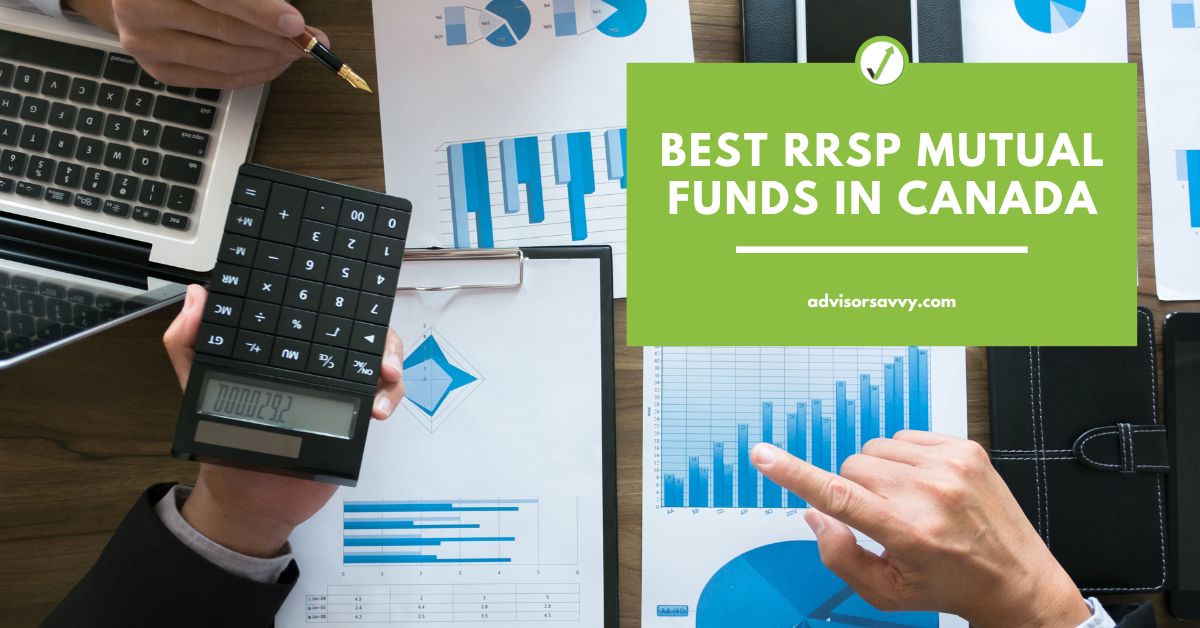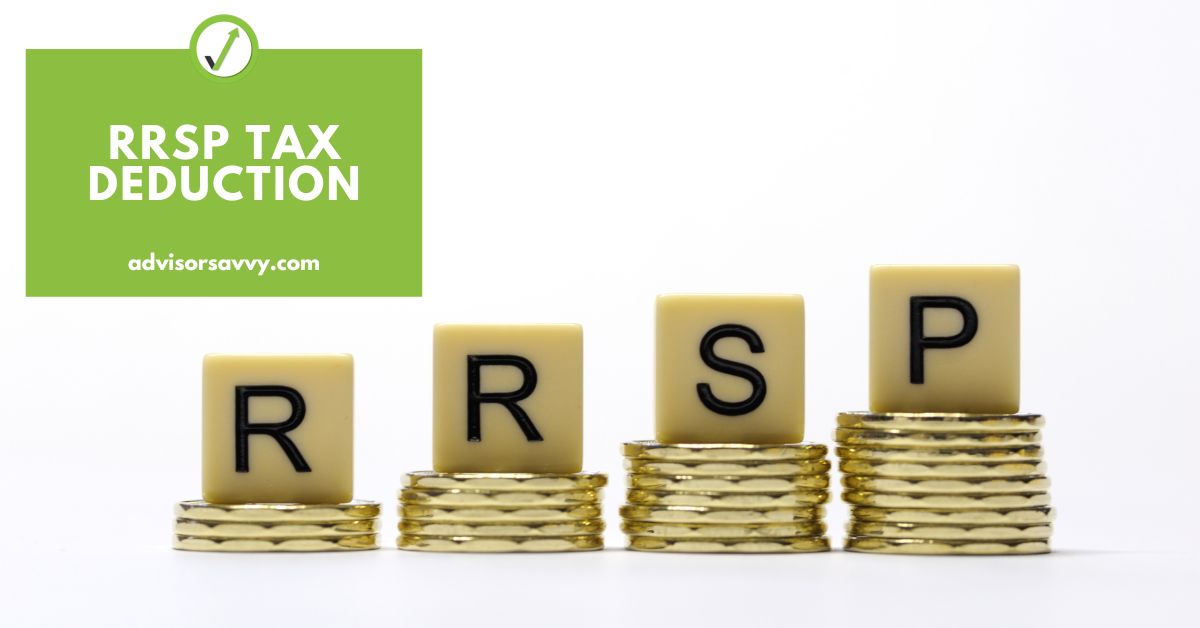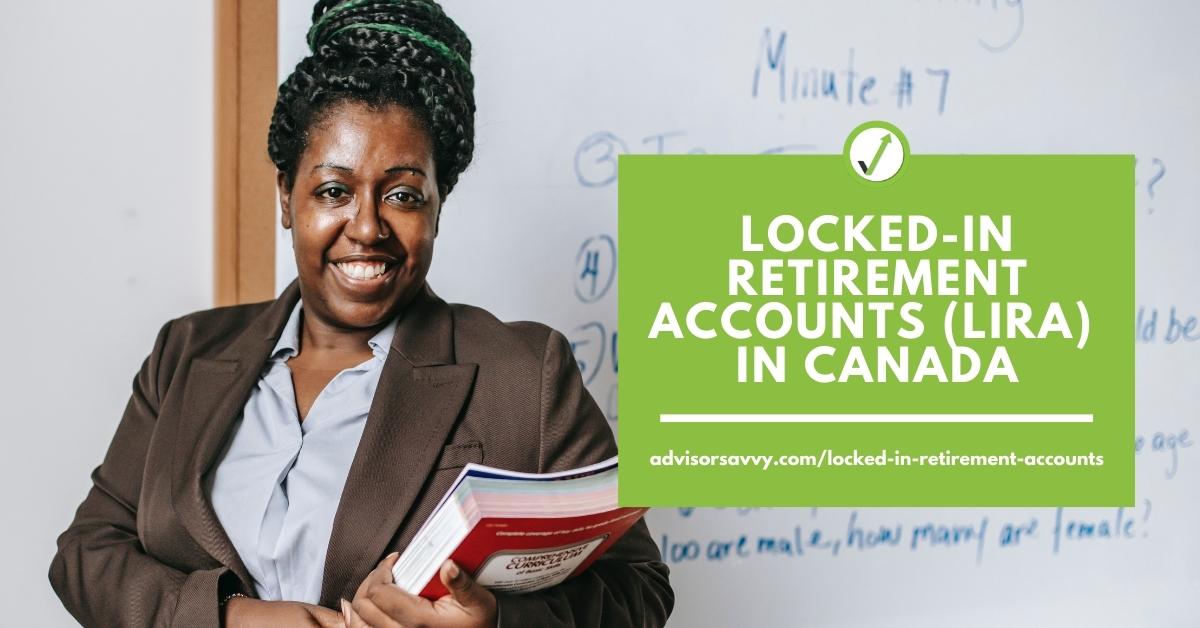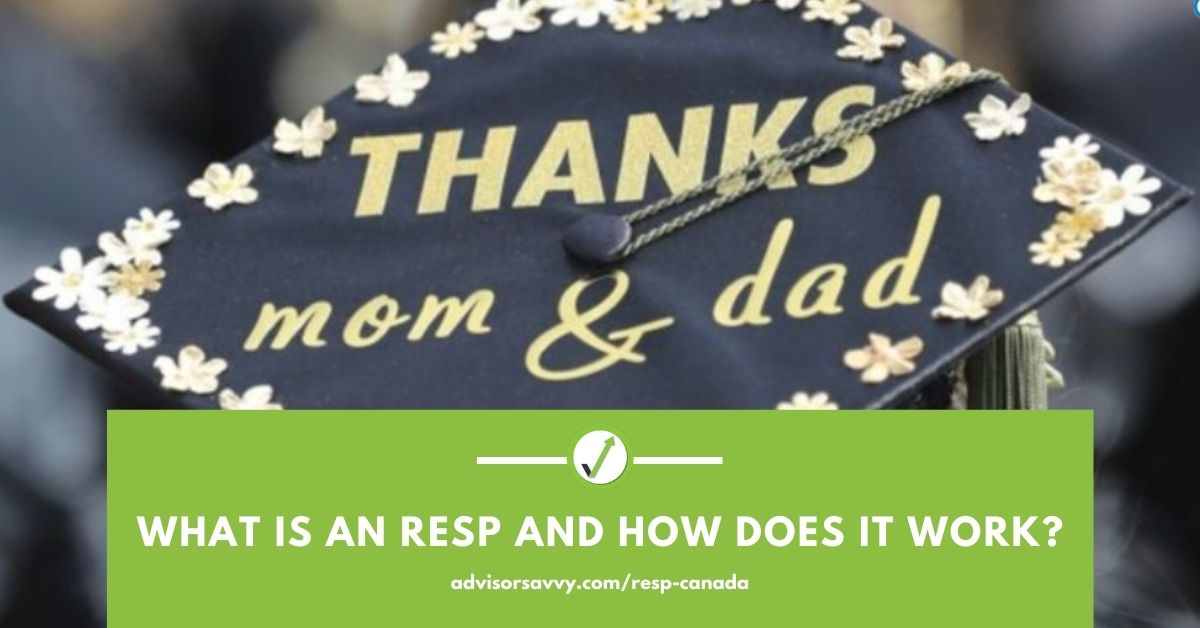Best RRSP Mutual Funds in Canada
Mutual funds remain to be a popular investment in Canada. And what’s better? You can invest in mutual funds through your RRSP to help build your retirement savings. If you’re considering investing, here’s our list of the best RRSP mutual funds in Canada. We’ll also explore the different types of mutual funds and what to consider when choosing one of these investments. Continue reading to learn more. What are RRSP Mutual Funds? Let’s first talk about mutual funds. Operated by a group of fund managers, they are professionally managed investment portfolios that consist of money pooled from a variety of investors. The fund manager selects a variety of assets or securities. These can include bonds, stocks, and more. Each fund has a specific objective, such as to generate income, achieve high growth, or to track an index. The fund manager chooses securities based on the goal of the fund. There are more than 5,000 mutual funds in Canada, carrying different
Continue reading















